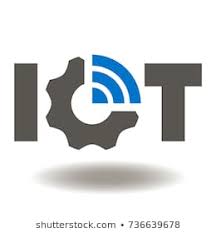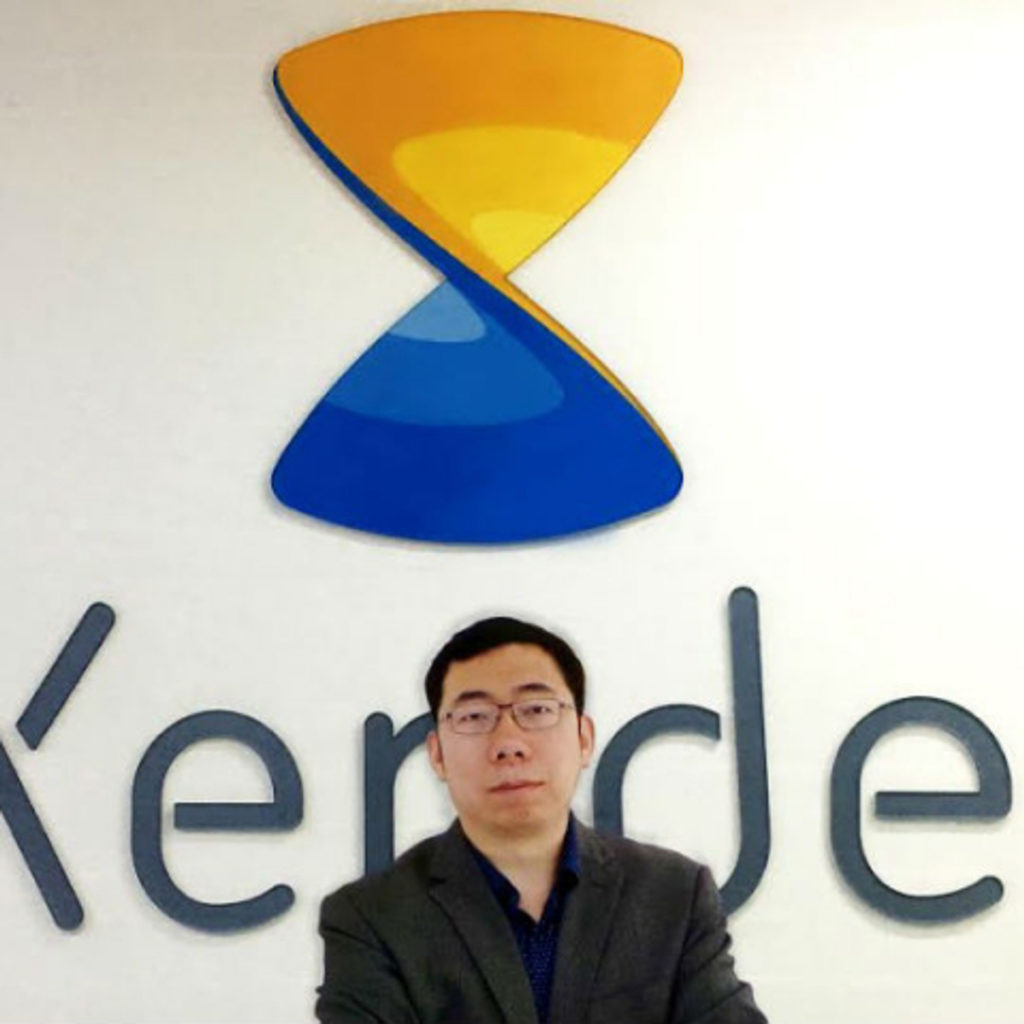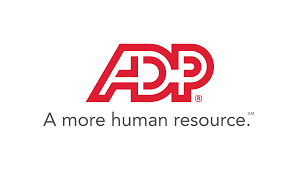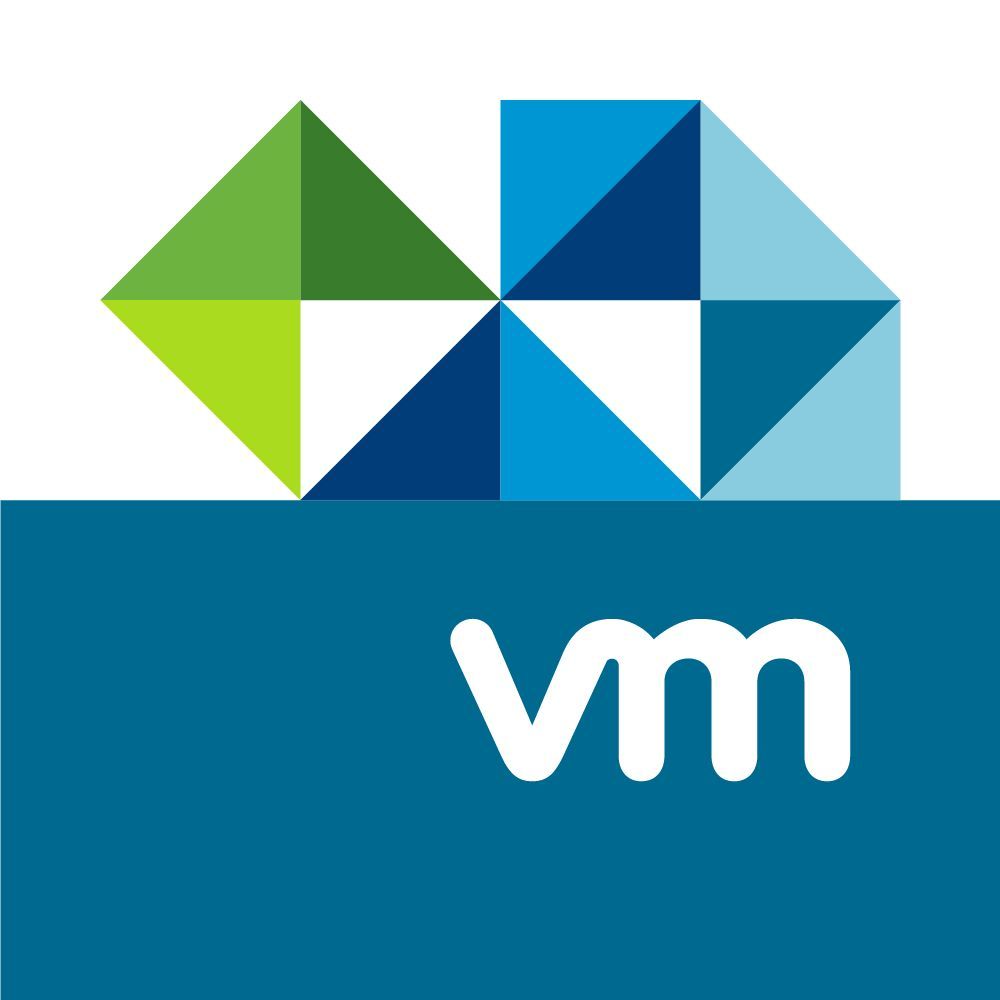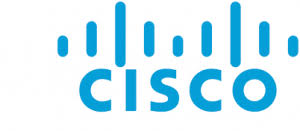Bridging the Gap- Success Story of IoT
The Internet of Things has brought the world together and finds large-scale application in several fields. Healthcare, agriculture, energy development, transportation and the communication sector have all improved thanks to IoT. But how did this revolutionary technology come to be? Here’s a look at everything you need to know about IoT and how it became such a huge success.
What is the Internet of Things?
British industrialist Kevin Ashton came up with the term Internet of Things in 1999. It essentially refers to a global network of devices, smart sensors, buildings and vehicles which connect via networking and electronics. These devices work together and collect data, transfers it and analyses it to learn from it. Everything from complicated cardiac sensors which monitor heart rates, to automatic lights which turn off when not in use come under this category.
About the Founder
Kevin Ashton was born in Birmingham in 1968. He studied Scandinavian Studies at the University College London and after graduating in 1994, joined Procter & Gamble in 1997. He later founded the Auto-ID Center with Sanjay Sarma, Sunny Siu and David Brock. The centre grew under their leadership and even brought in over 100 sponsors.
Once the research was completed, MIT licensed it to GS1. Ashton then found start-ups like ThingMagic, EnerNOC and Zensi, which was acquired by Belkin International in April 2010. He later worked on the Belkin Wemo system and constantly writes for the Medium and Quartz.
Coining the term Internet of Things
The term Internet of Things or IoT came to be when Kevin was making a PowerPoint presentation in the 1990s. He did so to convince a senior manager at Procter & Gamble, that the company should invest in RFID tags. While people at that time knew that the internet was big, they were unaware of its applications.
Hence, Kevin felt that having the word Internet in his presentation could help interest people. He hastily coined the presentation the Internet of Things as they wanted to monitor objects. Somehow, the gamble worked, and soon enough IoT became a popular phrase within the industry.
Building IoT
Kevin was bored with the term ‘smart packaging,’ by then. He explained to his colleges how this idea would work as a Network of Things. The internet was in many ways a Network of Bits. Put the two together, and voila, you get the Internet of Things or IoT. At the time he presented the name, there were no fireworks or large celebrations.
It wasn’t an instant success, but the name stuck. It was Gillette which decided to fund his research at MIT. Ashton relocated to Massachusetts and co-founded the Auto-ID Center; a research lab that laid the foundation of IoT.
Growth of IoT
Between 1999 and 2005, it wasn’t a popular term as the idea was very new. But in 2008, the phrase sprung to life due to developments in the field. An instance that helped was the exponential growth of Twitter. By 2008, Twitter had grown by about 750% and had reached 5 million users. The acronym IoT became viral, and the #IoT became a popular Twitter hashtag. Today, the Internet of Things is a part of our language and is one of the topmost business growth drivers within the industry.
Since then, concepts like Device to Device (D2D), the Electronic Product Code (EPC) and Enterprise IoT have taken over the world of technology. Studies predict that by 2020, there will be over 50 billion connected devices around the world. While the definition of the Internet of Things has changed along the way, Kevin Ashton’s vision made all this possible. Hence, he was referred to as the Father of IoT.
Are we Using the Term Right?
Kevin notes that the number of people using it, knowing what it truly means is few. People tend to misplace their true meaning and use it to refer to anything that is connected to their phones. In essence, IoT refers to sensors and devices that gather and transfer information about the real world through the internet. An easy example to understand what IoT means is that of your smartphone.
It has over ten sensors built into it, and they all connect to the network or internet in some way. You can do so many different things with your phone, including clicking pictures and navigating. That is the true essence of the Internet of Things.
Twenty years ago, when Kevin Ashton sat in Procter & Gamble’s R&D centre in Surrey, he never knew he was going to change the world. The 30-year-old computer scientist just wanted to get the company to use RFID tags to monitor their products. But since then, the term and the technology has come a long way, and none of it would have been possible if not for Kevin.

Being a cinephile with a love for all things outdoorsy, Athulya never misses a chance to chase inspiring stories or poke fun at things, even when the subject is herself. Currently pursuing a degree in mechanical engineering, she is someone innately interested in technical and scientific research. Music reviews and op-eds define her as they allow her to explore different perspectives. Though sometimes she thinks she makes more sense playing the guitar than she does while writing.
